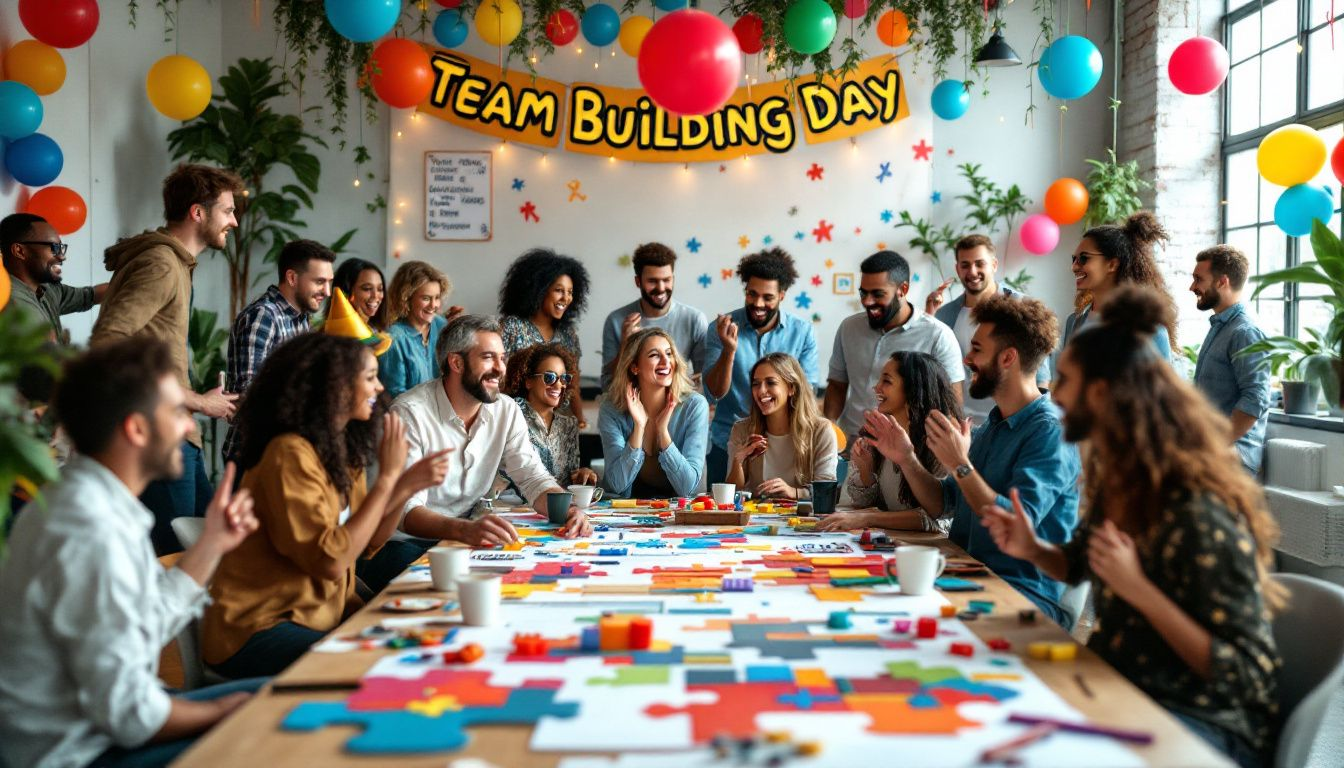Indoor Team Building Games Without Materials

In an era defined by remote work and dispersed teams, fostering strong team cohesion remains a critical challenge for organizations. Companies are increasingly seeking innovative and cost-effective methods to strengthen bonds and improve communication among employees.
This article explores the growing trend of indoor team-building activities that require no physical materials, focusing on their adaptability, accessibility, and impact on team dynamics. These activities offer a budget-friendly and environmentally conscious alternative to traditional team-building exercises, proving valuable for businesses of all sizes.
The Rise of Material-Free Team Building
The shift toward material-free team building stems from several factors, including budget constraints, logistical challenges of coordinating physical resources, and a growing awareness of environmental sustainability. Many organizations recognize the importance of investing in their workforce but need creative solutions that minimize expenses and environmental impact.
According to a recent survey by SHRM (Society for Human Resource Management), 68% of companies utilize team-building activities to improve employee morale and productivity. Material-free options present a feasible approach.
Who's Embracing the Trend?
The adoption of these activities spans across industries, from tech startups to established corporations. HR departments and team leaders are actively seeking out strategies to enhance collaboration and problem-solving skills within their teams.
Educational institutions, non-profit organizations, and government agencies are also incorporating these practices to promote a more collaborative and engaging work environment. The universality of these activities makes them applicable to a diverse range of organizational structures.
What Activities Are Involved?
Material-free team-building encompasses a diverse range of interactive exercises. These activities often rely on communication, creativity, and critical thinking to achieve desired outcomes.
Popular examples include "Two Truths and a Lie," a game where participants share three "facts" about themselves, and their colleagues must identify the lie. "Human Knot" requires a group to untangle themselves from a complicated knot created by holding hands, promoting communication and problem-solving.
Other examples are storytelling rounds, where each person adds to a group story, or improvisational exercises that encourage spontaneous collaboration. These types of activities focus on human interaction and ingenuity rather than reliance on external props.
Where Are These Activities Taking Place?
The beauty of material-free team building lies in its adaptability. These activities can be conducted virtually, in office spaces, or even in unconventional settings such as parks or public areas.
The key is to create a comfortable and conducive environment for open communication and active participation. Virtual platforms like Zoom and Microsoft Teams have become essential tools for facilitating these exercises among remote teams.
When Are They Most Effective?
Material-free team-building can be incorporated into various organizational timelines. It can be deployed during onboarding processes, project kickoffs, regular team meetings, or as a standalone event to address specific challenges.
The frequency and timing depend on the team's needs and objectives. Regular and consistent implementation can foster a culture of collaboration and continuous improvement.
Why Are They Gaining Popularity?
The appeal of these activities stems from their cost-effectiveness, accessibility, and focus on core team skills. Without the need for physical resources, companies can save significant financial resources.
This accessibility also makes team-building more inclusive, as it removes barriers to participation related to budget or logistical constraints. More importantly, it places an emphasis on essential team skills such as communication, creativity, and problem-solving.
How Do They Impact Team Dynamics?
Effective material-free team-building activities can positively impact team dynamics in several ways. By fostering open communication and collaborative problem-solving, these activities can help teams develop a stronger sense of trust and rapport.
They can also improve conflict resolution skills, boost morale, and increase overall productivity. The informal and engaging nature of these exercises often breaks down barriers and encourages employees to connect on a more personal level.
Potential Challenges and Considerations
Despite the advantages, organizations should be aware of potential challenges. These include ensuring adequate participation, addressing personality differences, and tailoring activities to the specific needs of the team.
Facilitators need to be skilled in managing group dynamics, adapting activities on the fly, and creating a supportive environment. A poorly planned or facilitated session can be counterproductive and damage team morale.
Looking Ahead
The trend of material-free team building is likely to continue to grow as organizations seek creative and budget-friendly methods to invest in their workforce. Innovations in virtual platforms and online tools will further enhance the possibilities for remote team engagement.
As the workforce continues to evolve, organizations that embrace innovative and accessible team-building practices will be best positioned to thrive in a competitive environment. The emphasis on human connection and core team skills remains essential for long-term success.
By focusing on communication, creativity, and collaboration, material-free team-building activities offer a simple yet powerful way to build stronger, more effective teams. The impact on employee engagement, productivity, and overall morale can be significant, proving that sometimes the best solutions are the simplest ones.






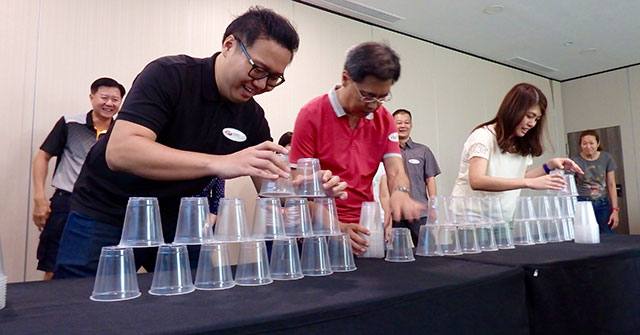
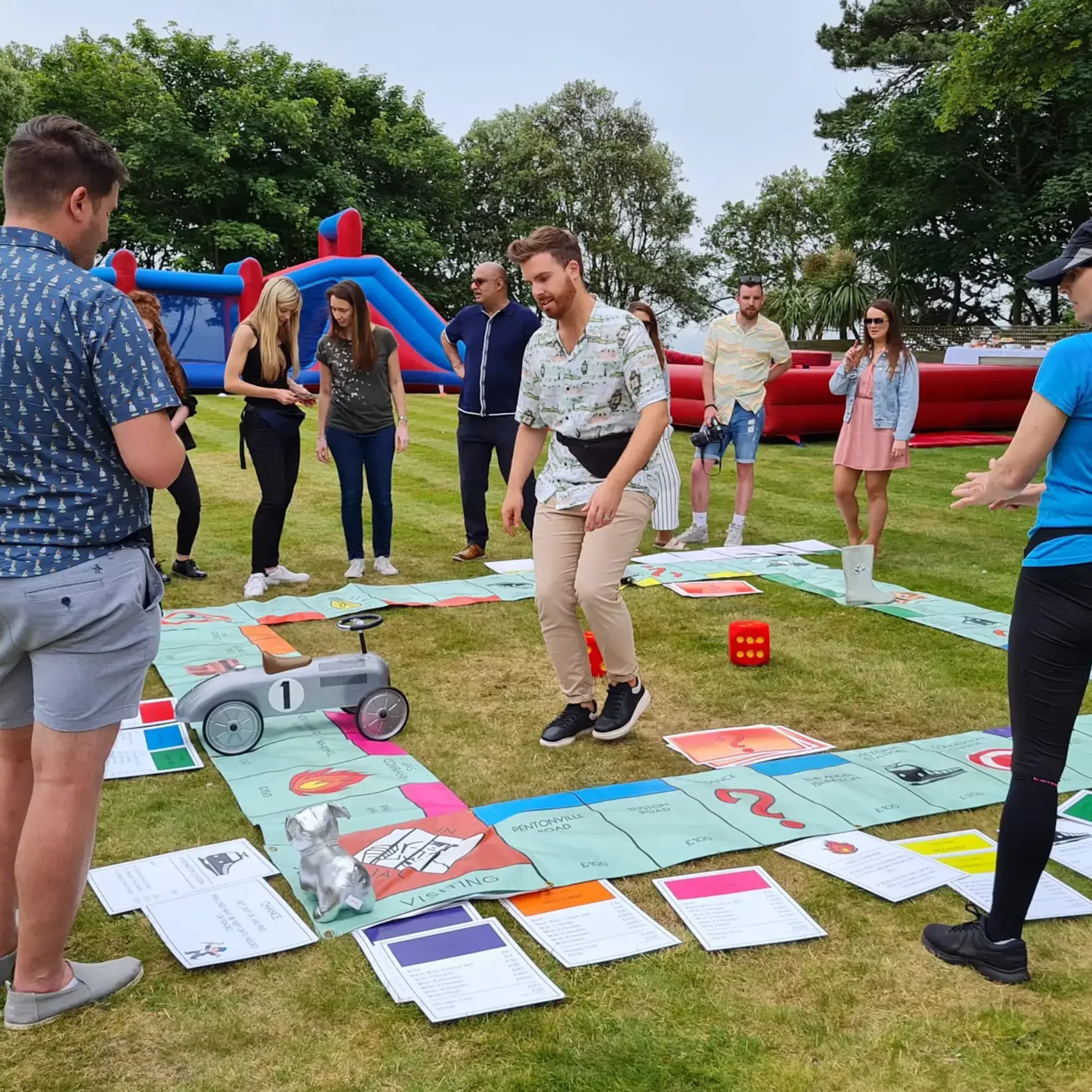




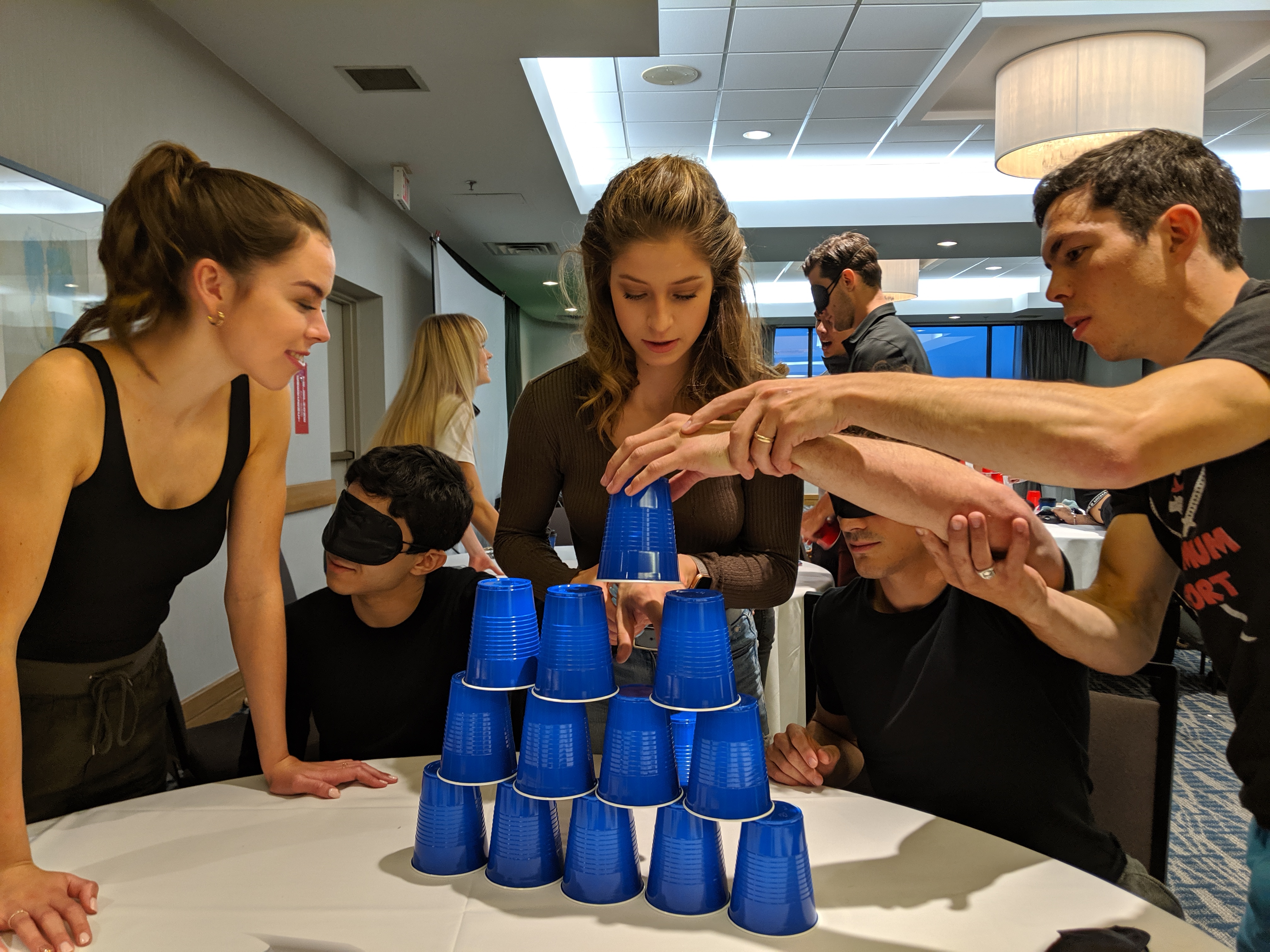
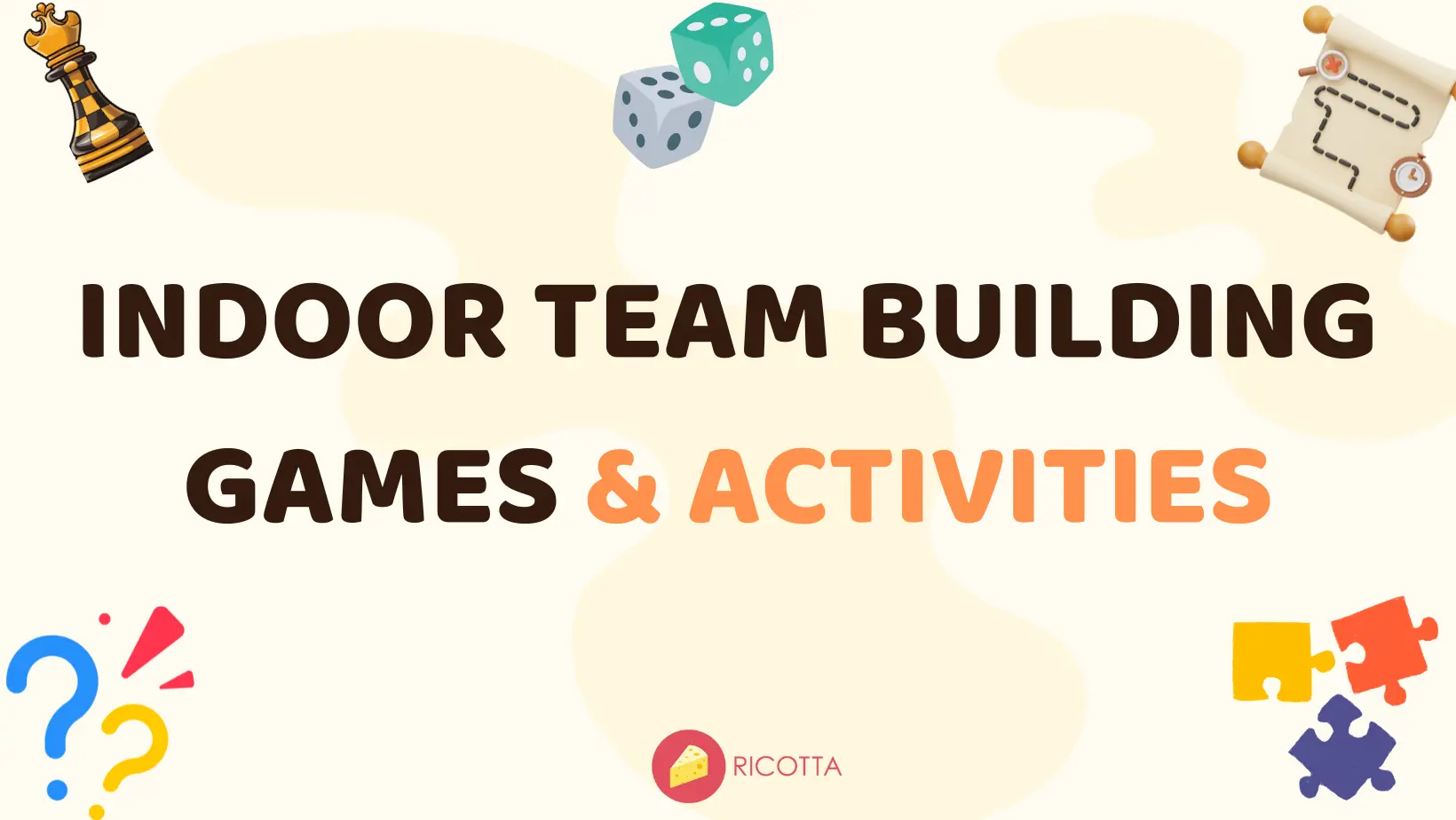
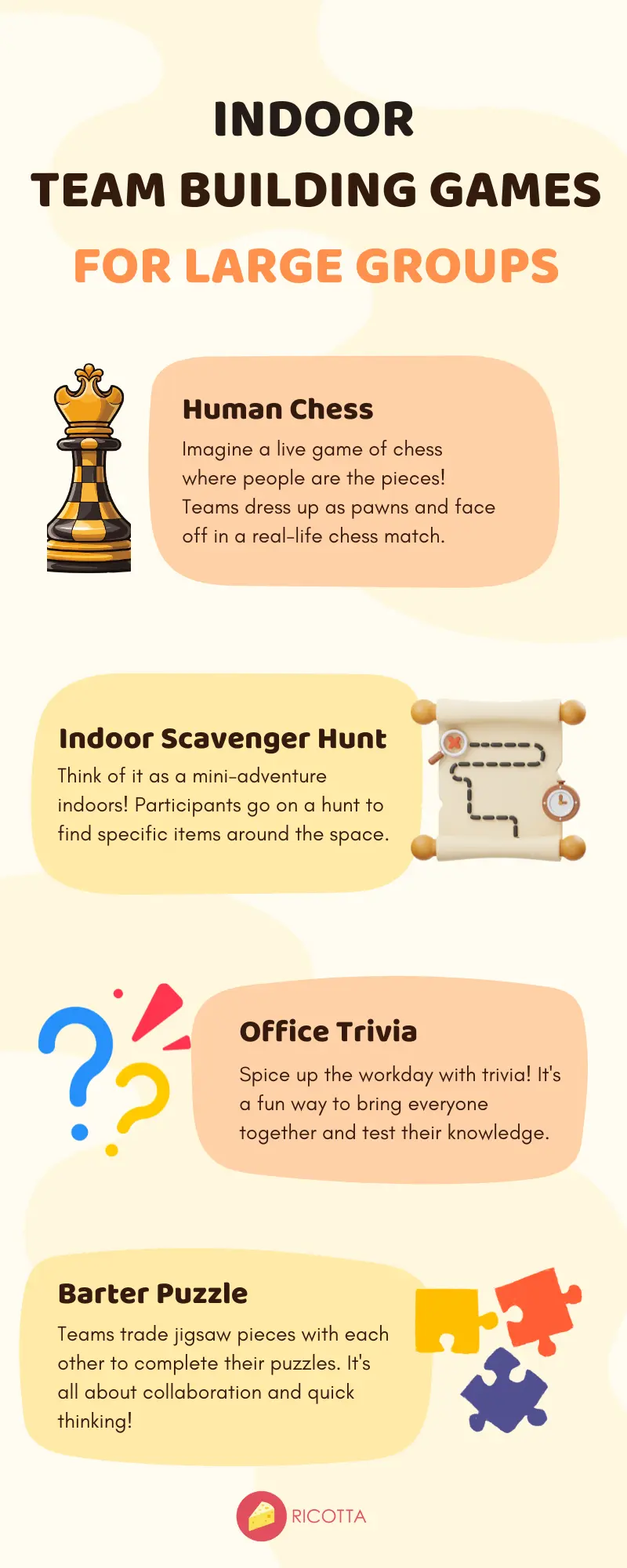

-p-3200.jpg)
